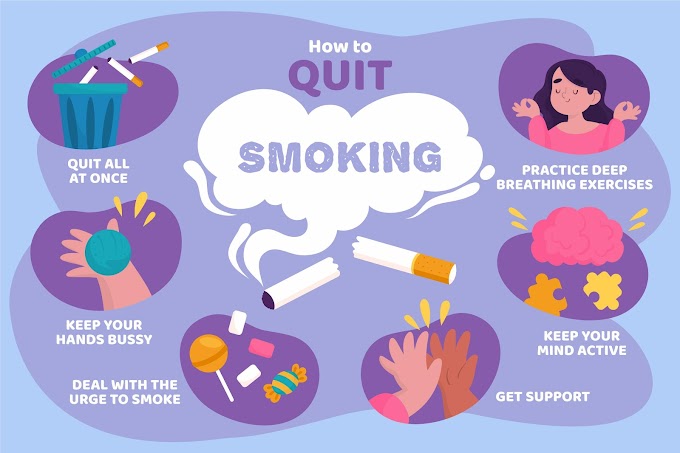Cigarette Industry
The cigarette industry has a long and controversial history. Since the invention of cigarettes in the 19th century, the industry has faced numerous challenges and regulations. Despite efforts to curb smoking rates, the cigarette industry remains a major player in the global economy, generating billions of dollars in revenue each year.
However, the negative health consequences of smoking have led to widespread criticism of the industry, and many governments have implemented policies and initiatives aimed at reducing cigarette consumption. Despite these efforts, the cigarette industry continues to attract new users, particularly among young people, and continues to be a significant public health concern.
 The tobacco industry has changed significantly over the past few decades. In the United States, for example, the industry has seen a dramatic decline in the number of tobacco companies – from over 2,000 in the early 1990s to just five today. This consolidation has allowed larger companies to dominate the market, with the “Big Five” – Altria, British American Tobacco, Imperial Brands, Japan Tobacco, and Philip Morris International – controlling the majority of the industry’s profits.
The industry has responded to changing consumer demand and shifting government regulations by developing new products, such as e-cigarettes and heated tobacco, as well as expanding into new markets, such as Africa and Asia. In addition to traditional cigarettes, many tobacco companies now offer a range of products such as cigars, smokeless tobacco, and heated tobacco devices, which are
The tobacco industry has changed significantly over the past few decades. In the United States, for example, the industry has seen a dramatic decline in the number of tobacco companies – from over 2,000 in the early 1990s to just five today. This consolidation has allowed larger companies to dominate the market, with the “Big Five” – Altria, British American Tobacco, Imperial Brands, Japan Tobacco, and Philip Morris International – controlling the majority of the industry’s profits.
The industry has responded to changing consumer demand and shifting government regulations by developing new products, such as e-cigarettes and heated tobacco, as well as expanding into new markets, such as Africa and Asia. In addition to traditional cigarettes, many tobacco companies now offer a range of products such as cigars, smokeless tobacco, and heated tobacco devices, which areSmoking Industry Trend
The smoking industry has faced significant scrutiny and regulation in recent years due to the negative health consequences of smoking. Despite efforts to reduce smoking rates, the industry continues to generate billions of dollars in revenue each year. The smoking industry has been criticized for targeting young people with marketing campaigns and for contributing to numerous health problems, including lung cancer, heart disease, and respiratory diseases. Governments around the world have implemented various policies and initiatives to reduce smoking rates and to protect public health. However, the smoking industry remains a major player in the global economy, and the negative health impacts of smoking continue to be a significant public health concern.
There are a variety of reasons that may explain the recent increase in smoking. In some cases, it may be due to the rise of e-cigarettes and vaping products, which are often seen as being “safer” than traditional cigarettes. However, research suggests that these products may still pose a health risk.
In other cases, the rise in smoking may be due to an increased marketing of tobacco products, which can make them more attractive to young people. Additionally, the use of hookah, which is a type of water pipe, has become increasingly popular in recent years. The health implications of smoking are well known. It can increase the risk of cancer, heart disease, and stroke. It can also damage the lungs and lead to respiratory illnesses. Additionally, secondhand smoke can be a serious health risk to those around the smoker. The recent rise in smoking trends is a cause for concern. It is important for people to be aware of the risks associated





.jpg)